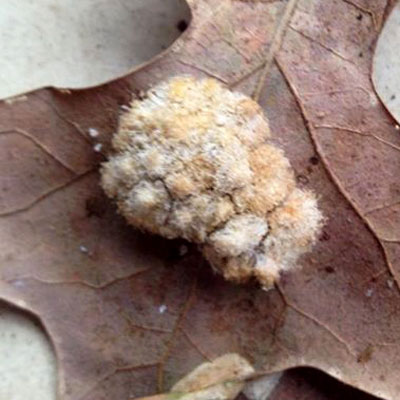Question of the Week: May 6, 2021
“What are these growths on my trees? Do I need to spray for them?”
These are called “galls,” and almost all of them are the plants’ responses to the sting of a female insect as she deposits her eggs within the inner tissues of the plant.

Each insect species lays its eggs within one particular species of tree (or a closely related group of species). The galls that the plants form in response to the stings are characteristically shaped.
The developing larvae feed within those plant tissues where they are essentially protected from weather and predators. They grow and emerge to repeat the life cycle.
But the key things you’re wanting to know…
• There is rarely any kind of spray you can use to kill the adult female that is laying the eggs. She is only on the host plant for a few moments.
• Systemic insecticides may or may not offer much help, depending on the insect and plant species. But they’re not a big item of interest in most cases.
• Insect galls, other than disfiguring a few isolated leaves or twigs, rarely do any measureable damage to their host trees.
• Net results: No big harm and no big foul. You are freed to worry about something else.
Here are photos of other galls I’ve taken or collected over the past several years just so you can see their wide diversity. They’re a curious lot.





One critical exception…
• Crown gall Caused by a bacterium, this gall is life-threatening to its host plants. Affected plants should be dug and removed as soon as it is observed. All tools and pruning equipment should be sanitized before being used around healthy plants. This is one type of gall you don’t want to mess with.


